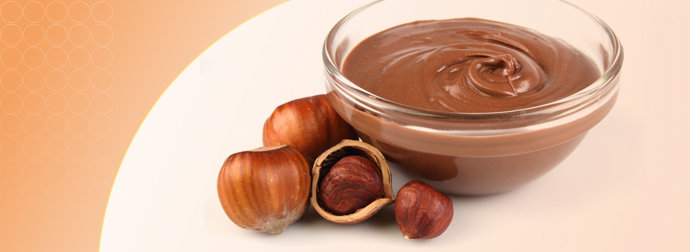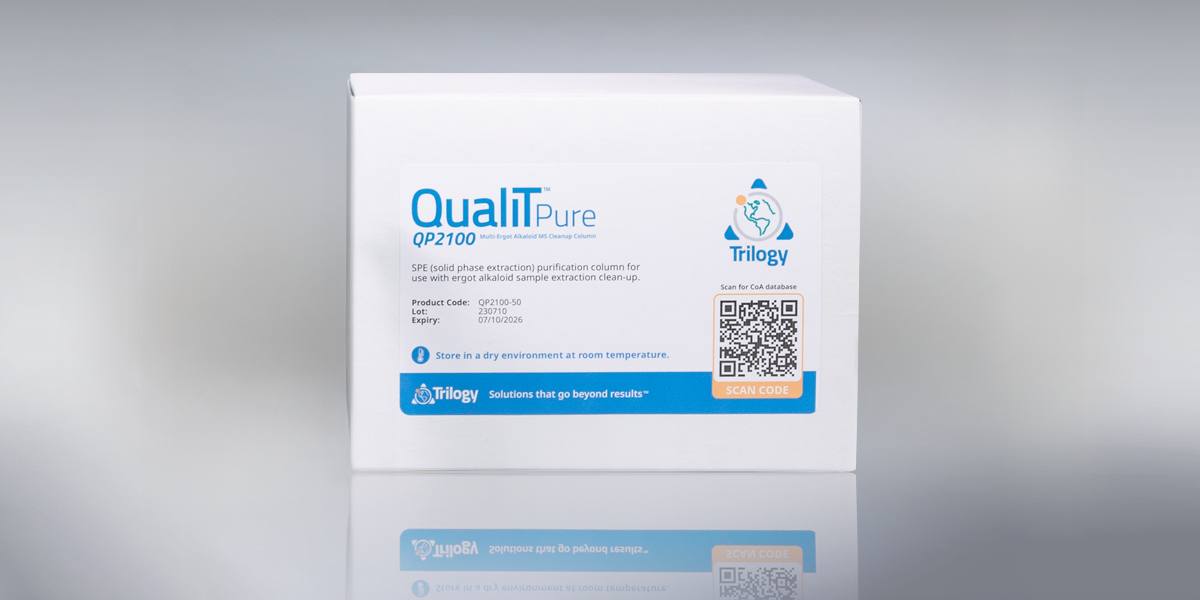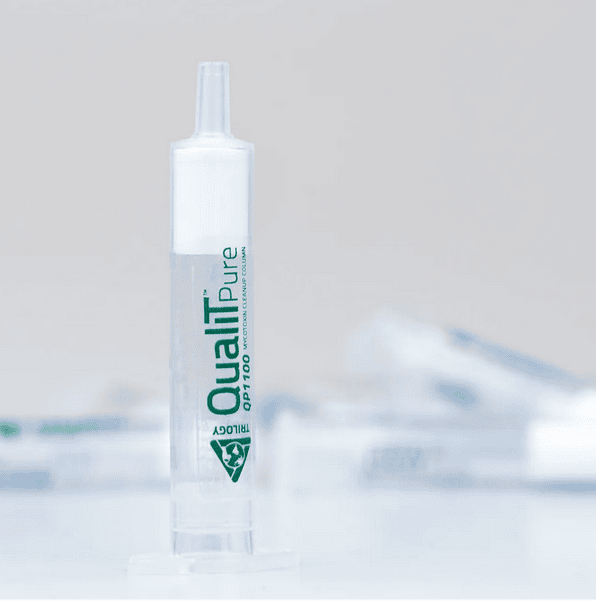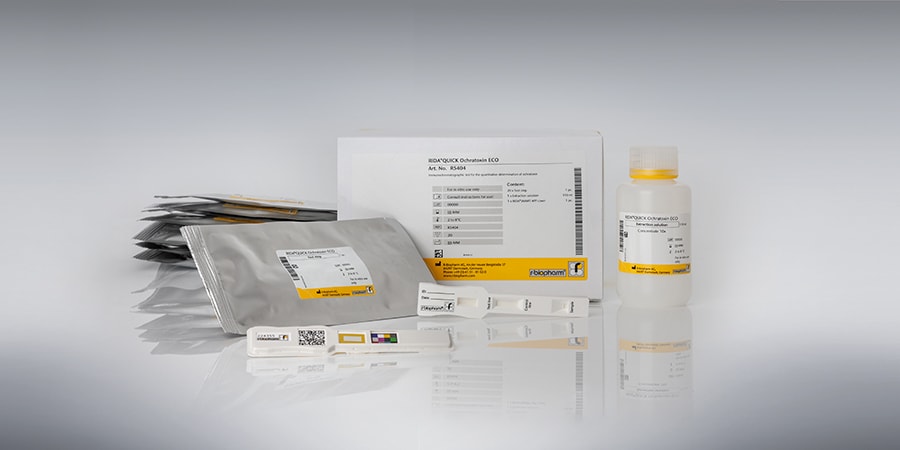
Recent news in Food & Feed Analysis
- Home
- /
- Aflatoxins in nuts: An...
Aflatoxins in nuts: An overlooked hazard?

Nuts are a tasty snack. We love them in pecan pie, in mueslis, cereal bars, chocolates and in hazelnut spreads. Plus, nuts are said to have positive health effects. Yet, nuts may be contaminated with dangerous mycotoxins. Here’s what you need to know.
Recently, there have been an increased number of reports concerning mycotoxins in food. Mycotoxins are produced by molds and are highly toxic. They may affect many different kinds of food. For example, cereals such as corn and wheat are often affected. However, alarming levels of mycotoxins are often also being measured in nuts and spices. If contaminated nuts or spices are processed, mycotoxins may get into many food products.
We have already reported last year that the number of cases of exceeded mycotoxin levels reported by RASFF (Rapid Alert System for Food & Feed) increased by 65% in only one year. According to the report, the so-called aflatoxin was particularly prevalent. This type of mycotoxin is extremely dangerous and carcinogenic. It is produced by a mold of the genus aspergillus and may cause serious health problems. According to the report, aflatoxins were found in high concentrations in peanuts, pistachios, dried figs and hazelnuts. However, aflatoxin concentrations have also been reported in nutmeg, chilli, almonds, pecan nuts, sesame, dried fruits and rice.
Mycotoxins also found in chocolate
Apart from nuts, there is another source of mycotoxins that has become more and more the focus of consumer’s attention: chocolate. Molds also affect cocoa beans and ochratoxin is often found in chocolate and cocoa products. Raw, unroasted cocoa is particularly vulnerable to molds and bacteria. However, since mycotoxins are very heat-resistant, they also survive in roasted cocoa beans. The more cocoa a product contains, the more ochratoxin in usually found in it; white chocolate is thus safer than dark chocolate. Mycotoxin levels found in the EU are generally low – however, in other countries, limit values are less stringent and chocolate might contain higher levels of mycotoxins there.
Detecting mycotoxins
Whether in nuts or in cocoa: molds form “nests” and can be very unevenly distributed throughout a quantity of goods. While a single nut may have a high level of aflatoxin, the next one might be completely uncontaminated; therefore, representative sampling is of particular importance. The subsequent analysis of the sample can be performed with several different methods. We have compared three such test methods for mycotoxins in the following table:
| AFLAPREP® | AFLAOCHRA PREP® | AFLACARD TOTAL | |
| Detection of | Aflatoxin B1, B2, G1 and G2 | Aflatoxin B1, B2, G1 and G2, Ochratoxin A | Aflatoxin B1, B2, G1 and G2 |
| Test method | Immunoaffinity column | Immunoaffinity column | Screening card |
| Implementation | The aflatoxins are extracted from the sample, filtered and diluted before applying to the column. The resulting eluate can be used for an analysis by HPLC or LC-MS\MS. | The aflatoxins are extracted from the sample, filtered and diluted before applying to the column. The resulting eluate can be used for an analysis by HPLC or LC-MS\MS. | The aflatoxins are extracted from the sample, filtered and diluted before passing through the clean-up column supplied with the kit. The sample is applied to the card and subsequently washed before applying the conjugate and finally the substrate. The results can be read directly on the card after 5 minutes. |
| Duration | 20 minutes | 20 minutes | 10 minutes (incl. incubation period) |
| Further information | Details | Details | Details |
Contact our mycotoxin analysis experts



